|
Why would I say that? What gives me the right? I have noticed that artists sometimes find one of their own creations exceptional, while others see nothing more than just another one of their works. This could be the case with the drawing I made yesterday. In this drawing I see a higher level of sensitivity, and subtleness of emotion, particularly in the woman's face. It feels like an important achievement, a step toward greater awareness, an insight. One of the most wonderful things about making art is the result of an important insight is an object of relative permanence.
Yesterday I also worked on the painting "Two." I will show its current state tomorrow. Also I plan on returning to "Pond" today (one more hand will be finished off). I may not draw today; the processes of drawing and painting are becoming more similar. This is a good thing. The complexity of painting has, for a long time, not allowed me to feel the same comfort in painting as I do in drawing. Painting has felt more deliberate, less spontaneous, more confusing. This discomfort is disappearing. My enormous amount of drawing is leading to better painting, I have the highest admiration for the practices of Vincent van Gogh. I will show you landscapes by van Gogh, after my drawing. In the drawing you can see van Gogh practicing the variation and expressiveness of his marks, and in the painting you are able to see how he transposed the marks, practiced in drawing, into his manner of using brush strokes to create form in his paintings. Great stuff! Solidity and sensuality of form are the hallmarks of the newest painting, "Two." I am allowing the other principles of painting to take a back seat, and enjoying every minute of it!. Mostly this means I am not involved in strenuous investigations into color and composition, as I take a simple look at the two figures and their deeply emotional response to one another. Yes, deeply emotional. This means I am trying to be both subtle and direct. I feel it is inappropriate of me to write about emotional aspects of my painting. It is up to the viewer to see, and to understand, a painting's emotional content, based upon his or her life experiences. I am not the only painter to feel this way. There is an article in the the February 2011 issue of "Smithsonian" magazine on Wayne Thiebaud. In the article a friend of Thiebaud's says, "I think there's a dark side to his work. But he won't talk about emotion in his work." I will show a painting by Thiebaud after I show my work from yesterday. Thiebaud's landscapes and cityscapes are his best, but he is better known for his still life paintings of food (mostly pastries) and every day objects. I'll show a cityscape. The paintings of Wayne Thiebaud are currently on exhibition at the Crocker Art Museum in Sacramento, California. In the Smithsonian article it tells of another aspect of Thiebaud, which reminds me of something I did; I left New York City to develop my own art. This, from the Smithsonian article about Wayne Thiebaud:
"In the 1950s, Thiebaud, like many young artists, went to New York City. He...frequented the Cedar Tavern in Greenwich Village, where he became friendly with such artists as Franz Kline and Willem de Kooning. But he was turned off, he one said, by the 'churchy feeling of a lot of New York painting,' with all its elaborate theories and air of reverence." Yesterday was a simple day. Just work. I made one drawing, and the painting "Two" took on some color. I will show both the drawing and the painting, but I want you to know I am having trouble lighting the very large canvas (72 X 60 inches) for its photo. Today's reproduction of "Two" does not do it justice. In any case, here is the work from yesterday:
I wanted to be an artist of variety and vigor. It was like a death wish; looking for the way to go, as modeled on the careers of artists I found inspirational. I am discovering, and accepting, I am more like Giacometti than Picasso. Giacometti rarely made landscape or still life painting, and nearly all his late sculptures were walking or standing figures. I am obsessed with human figures and human interaction. Giacometti's singular obsession reminds me of Modigliani's output, which I wrote about in a previous post. After my work, I will show three examples of Giacometti's art. The drawing I show from yesterday is a good one, and involved with my distinctive obsession. This drawing is direct and to the point. Technique is not holding me back. Making this drawing was cathartic. Yesterday I also improved the new painting "Two," which is devoted to my most oft revisited obsession, a man and woman, and their psychological interaction. And here are the works of Giacometti I promised you...
That's right. I surprised myself. Instead of working toward completion of the painting "Pond," I began a new painting. It is a big one, 72 X 60 inches, and for now it is called "Two." The theme revolves around a relationship. "Human relationships" is fast becoming the accepted hallmark of my art. Yesterday I also made one drawing. No surprise here: It is another version of the human relationship theme. The possibilities are endless, and it looks like I am going to make an effort to milk them all.
Risk is making a mark on paper or canvas. There is no way around it. The size of the risk is the same for anyone who plays the game of making art, but the value in having taken the risk is measured by the depth to which the artist communicates his always changing knowledge. When I was younger I believed knowledge could be found in books. I took to making art when I became aware that books and words are severely limited in their to ability to fully communicate knowledge. Words cannot tell you the knowledge communicated by the drawing I show today. The maxim, "A picture is worth a thousand words," is incorrect. I am convinced of this, and more strongly convinced as I live, read, converse, and make art. We are alone with so much of our awareness, and our reactions to our awareness. Art helps get the demons out, and in public, but it too has deficiencies. My job is to break down the walls between myself and the viewer of my art. If successful, all I know, and feel, will be understood. This is the risk. The best scenario means you and I have shared knowledge. This makes me ask, "Is my awareness worth all this effort?" I am convinced you and I share common human concerns. It is this which provides me the resolution to make art. I have not shown you the progress on the painting "Pond" for several days. Here it is in version #24. The central figure's left hand (on viewer's right) is solved. Yesterday I worked on the light in, and on, the pond's water. Today I will work on the central figure's right hand. I enjoy working this way, detail by detail. It is very rewarding since the painting is essentially solved and I am simply making it better. More zest is added to an already potent painting with each finished detail.
I have not been rushing my life, my art, or my process. Consequently my output has not been high, yet I am very happy with what I am producing. Yesterday's drawing is an example. When it appeared my initial feeling was, "This is weird." Upon further inspection, and contemplation, I think, "No, this is exactly the way I should be approaching my research." Here's where I pull in a couple of quotes by artists who influence me. First, Pablo Picasso:
"Paintings are but research and experiment. I never do a painting as a work of art. All of them are researches. I search constantly and there is a logical sequence in all this research." And now, Francisco de Goya: "The sleep of reason produces monsters." The Goya quote is most helpful to today's thoughts. There is reason in my approach and process. The reasoning is not clear, is discovered through the process, and cannot be well described in words, but it makes sense. Intuition is key. The monsters I produce surprise me. My initial reaction to yesterday's drawing ("this is weird") is unnecessary, and not helpful. Going to the studio every day, allowing my reason and my intuition to drive me forward, is useful behavior. I leave you with a quote from Olle Baertling, a Swedish painter and sculptor, who has not influenced my work: "Art is research into the unknown, adding a little to the fund built up by earlier generations. This is the task of the artist." The work is coming together. Acceptance of my own necessities is giving me the focus to consolidate what I know into what I am. Besides the two drawings shown in this post, yesterday I also worked on the painting "Pond." Here too I learned something about myself. I can not just dash off elements of "Pond." My need to get as close to perfection as possible is leading this painting toward completion. Yesterday I worked on one hand, and nothing else (the left hand of the central character—on viewer's right). It is taking much labor and time to get just one hand acceptably correct! "Acceptable" is the operative word. With my limited ability to focus on this one painting I am conflicted: I don't want to let "Pond" go until it is totally acceptable, AND I am incapable of concentrating on finishing details by dedicating enormous time to this rigorous task in any one day. So I will work on it, bit by bit, detail by detail, until it is done. Each day I will give myself a small assignment. Today it will be to complete the one hand I worked on yesterday. In this way I will finish "Pond" (or any large and complicated painting). I am accepting my mixture of spontaneity and contemplative thoughtfulness. Paintings, like "Pond" and "Man with Plants," contain both sides of my personality in equal measure. This dichotomy, in equal measures, is what separates me from painters like George Condo. Even Andy Warhol was amazed by the dominance of spontaneity in Condo's work. In 1985 Warhol was invited to Keith Haring's studio, where Condo was given space to work on a large painting. This, from the January 17, 2011 The New Yorker profile of Condo: "...when Warhol arrived he kept painting. Warhol stood behind him for a while, and then asked, in his soft voice, 'Do you just go up to a painting and do whatever you like?' Condo said he guessed so. Warhol said, 'Gee, I could never do that.'"
"I've got to admit it's getting better, a little better all the time..." -from the Beatles' song, Getting Better Yesterday's drawings are a revelation. Looking at, and writing about, George Condo was helpful. At first glance his work is bizarre and outside the traditions of western art. Yet beginning on the 26th of this month he will have a major retrospective at the New Museum in New York City. Condo's work has allowed me to accept the limitations of my own work. Yesterday's drawings have a sensitivity to facial emotions and form which is stronger than ever. These drawings are a product of insight. I am accepting my most intense interests. Throughout my career I have fought to be more than I am. I have tried to deal with fundamental genres in western art, such as landscape, still life, and abstraction. I have tried to make images in which I have no interest. I am only interested in the emotions and relationships expressed by the human figure and its physiognomy. And, like George Condo, I am interested in the emotive effects created by composition. Composition, for me, is a means to interact emotionally with the viewer. The upfront close-ups of yesterday's drawings are examples of one type of compositional power, and the image of "Man with Plant" (MEHRBACH.com) is another. (I have posted an image of George Condo's immediately below my drawings to give you a straightforward look at Condo's awareness of compositional power.) This is a print by George Condo, shown to give you a sense of his compositional skills. A little more on George Condo, and then I will let him go. Here is quote from the New Museum's introduction to the George Condo retrospective, opening January 26, 2011:
"Since first bursting onto the scene in the early 1980s with his unique adaptation of the language of Old Master painting, George Condo has created one of the most adventurous, imaginative, and provocative bodies of work in contemporary art. Condo’s work has been deeply influential to two generations of American and European painters, who have felt the impact of the artist’s astonishing technical ability, stylistic versatility, and inventive subject matter." Often you hear references to "Old Masters" with George Condo work. This is more hype than reality. The reference is there in his imagery, but the "Old Master" facility with form and light is not so strong. I show one more example of Condo's work. For me the lesson is this: "Stick with your natural impulses." Whatever one makes of George Condo's work, good or bad, he is prolific and has produced a persuasively powerful body of work. I endeavor to do the same. Following my basic motivation is much more important than continuing a dialogue with the masters. As I leave you with one more George Condo work I will also compare it to a painting by the greatest of "Old Masters," Rembrandt. Through similar subject matter, the reclining nude, the Condo and the Rembrandt illustrate of the great distance between Condo's work and that of the "Old Masters." I seem to be getting distracted. But don't get me wrong, hang in here with me. I am definitely in transition, away from habits of past and into a new manner of expression. I am not completely happy with the technique of the drawing made yesterday, but I do believe it is a move in this transition; I am nearing a break. This is not a total break from the past, but a regrouping of ideas. I am going to show you a painting by George Condo today. Why a George Condo? He does not paint like me, but he does have the same general interest in "imaginary people." The January 17, 2011 issue of The New Yorker magazine has a profile of George Condo entitled, "Portraits of Imaginary People." I do find a similarity in my work and Condo's is the intense interest in the figures, and not so much interest in the world they inhabit. Yes, the painting "Pond" has a landscape surrounding the figures, but it is the figures which are the force of this painting. "Pond" is unusual; most of my work deals so much with the figures and their faces that the background is developed only as much as necessary to emphasize the interaction of the people in my paintings. This is true of Condo's work as well. Before I tell you more about George Condo, please take a look at yesterday's drawing. Despite its imperfections, it is a movement toward the break I feel coming. The anatomy of the face is being warped in order to express. I am trying to find a way to make my figures and faces emote beyond what is capably done by photography and film. After looking at my drawing, skip down and see how George Condo has gone further, than I feel comfortable, in altering human physiognomy. Now I'll show you a George Condo painting. Again, notice the lack of interest in background. Something I struggle with as well. The "Profiles" article in the January 17, 2011 The New Yorker magazine tells us this about Condo:
"Condo's subjects come straight from his imagination, where the sleep of reason produces not only monsters (grotesque faces with three or four rows of ferocious-looking teeth, copulating couples who look straight at the viewer and scream angry imprecations) but also voluptuously realistic nude bodies and beautiful, faceless mannequins in period costumes. Condo's subject matter, which can be simultaneously hilarious and scarifying, puts a lot of people off, but many contemporary artists are in awe of his virtuoso paint handling. They also respect his material success, 'I've never had any trouble selling work,' he said recently." |
To read my profile go to MEHRBACH.com.
At MEHRBACH.com you may view many of my paintings and drawings, past and present, and see details about my life and work. Archives
July 2024
|
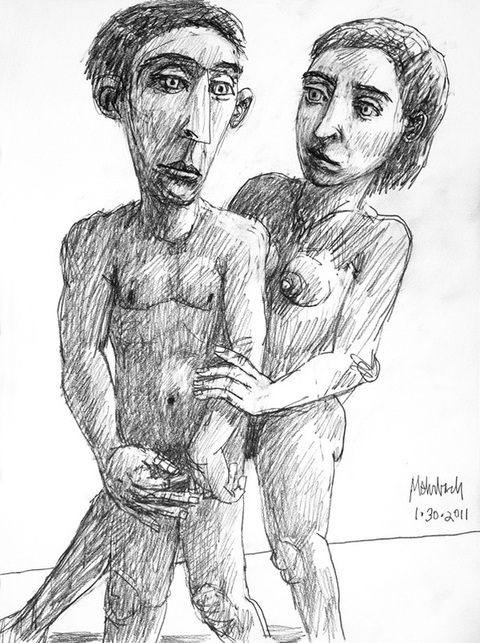
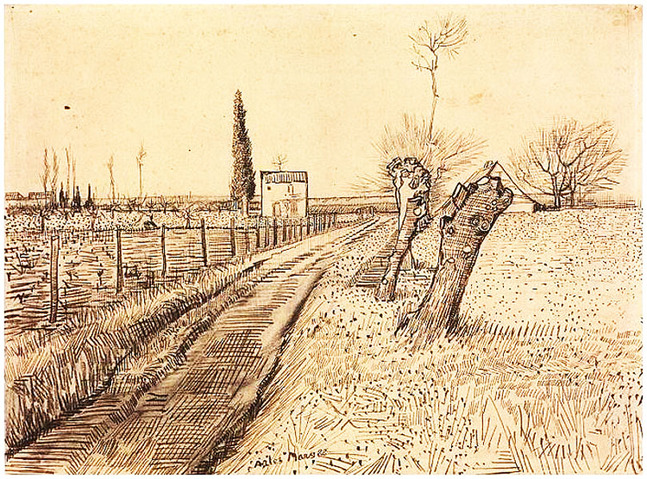
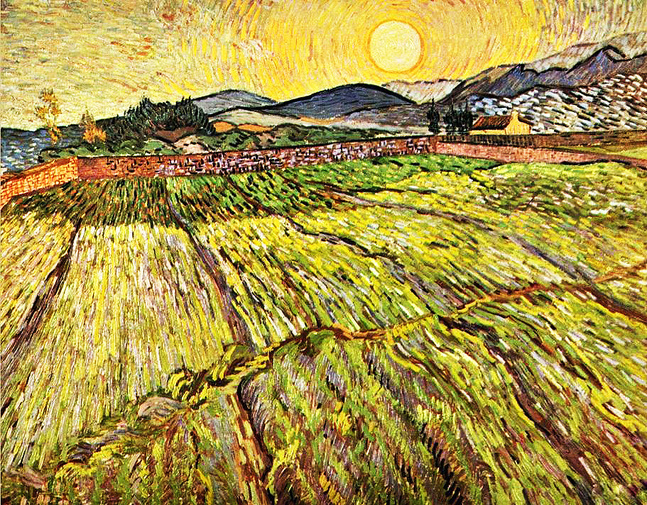
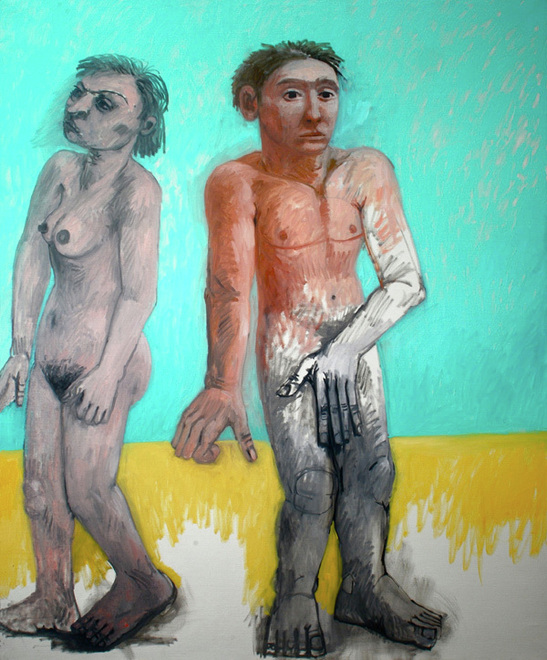
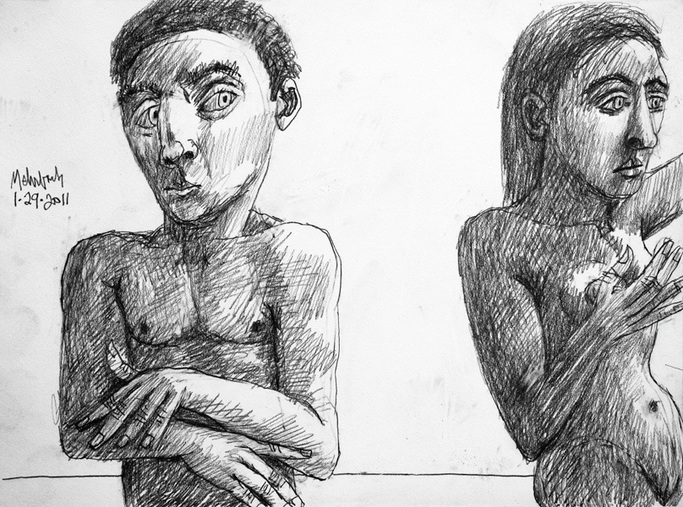
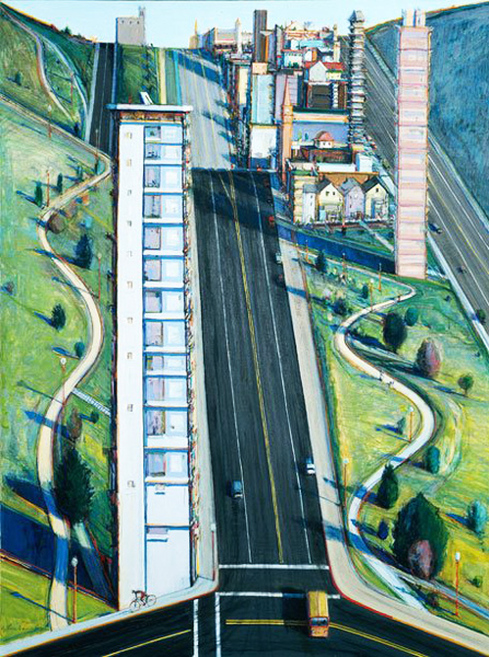
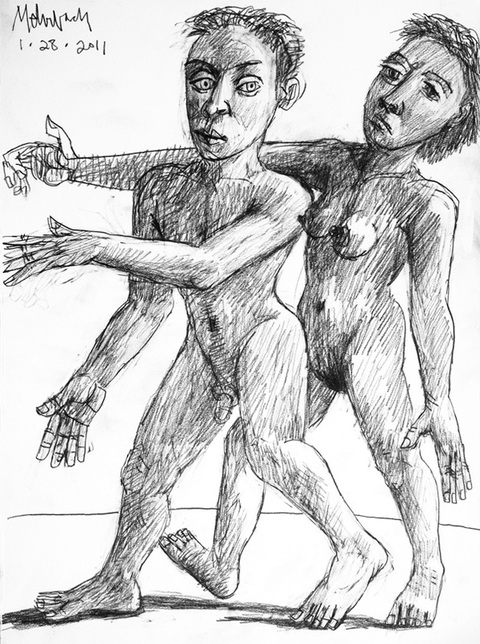
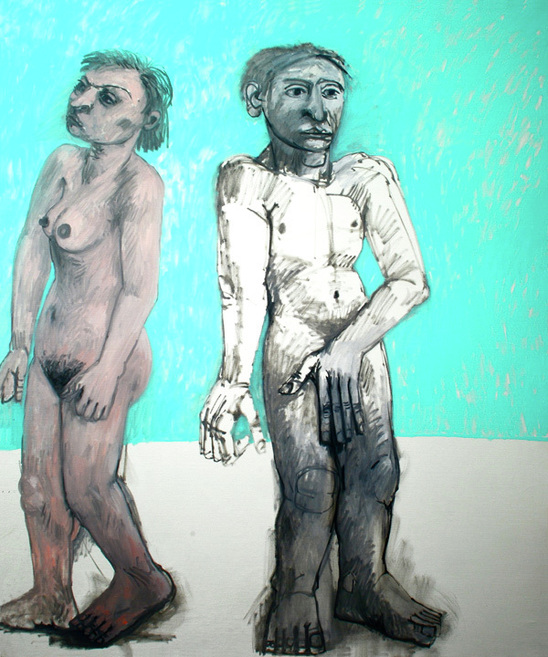
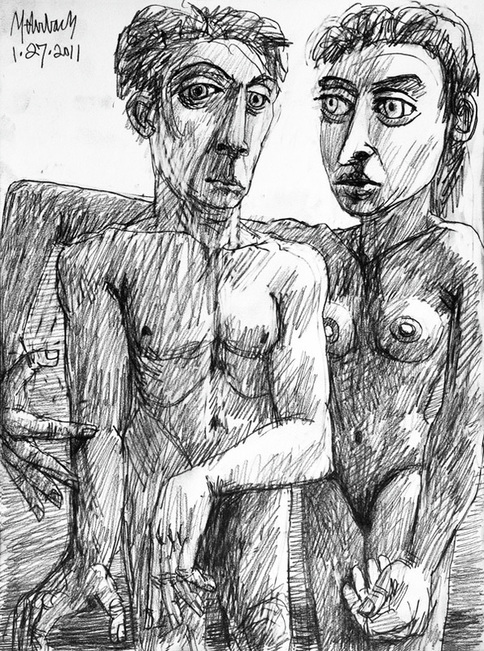
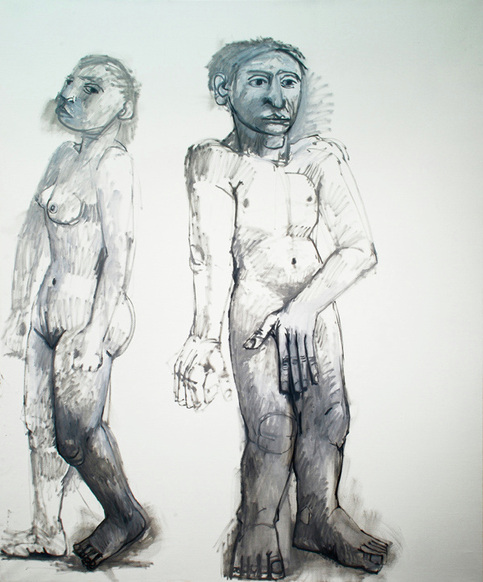
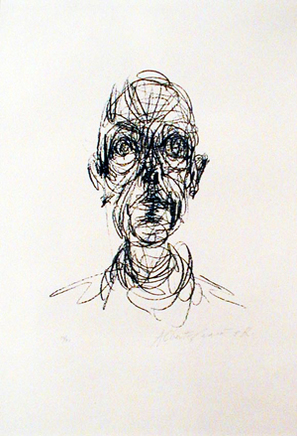
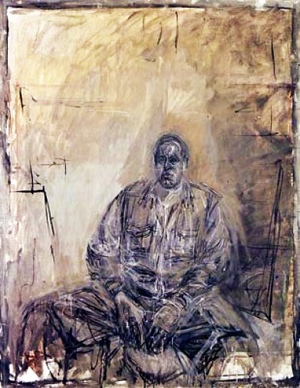
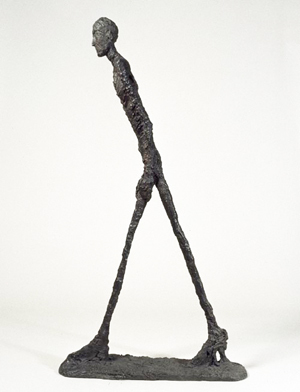
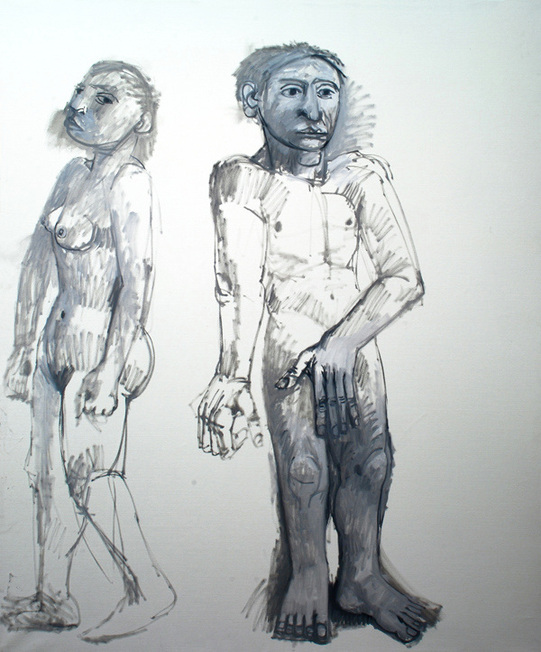
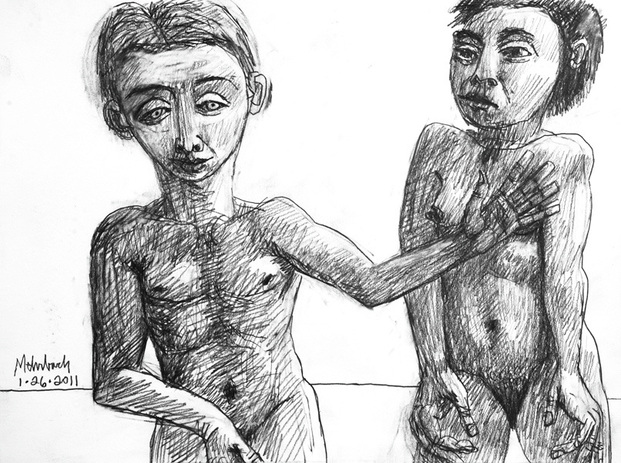
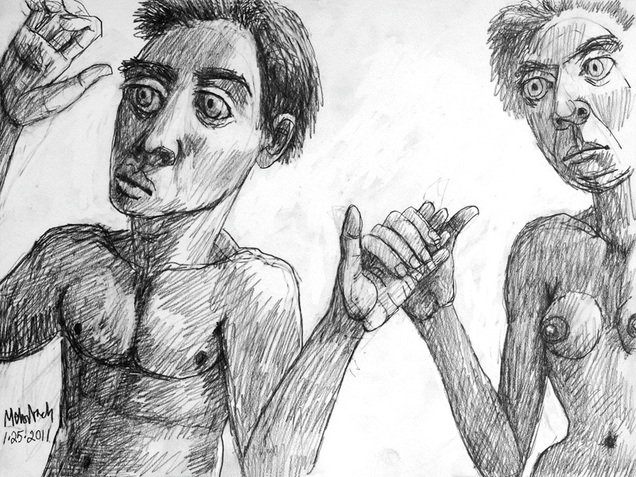
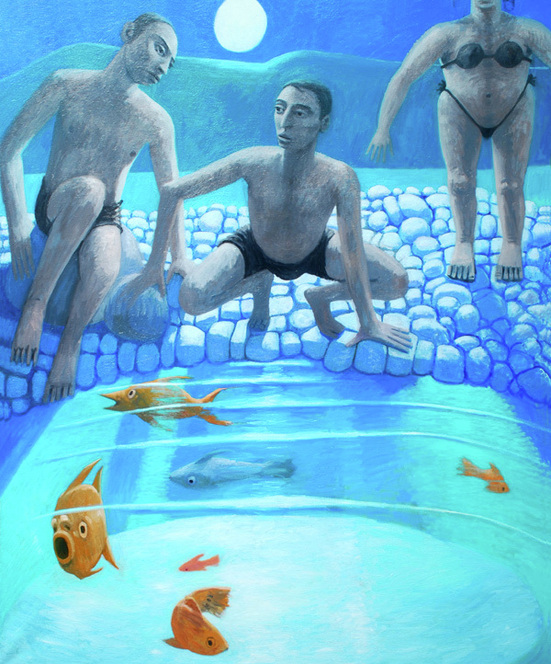
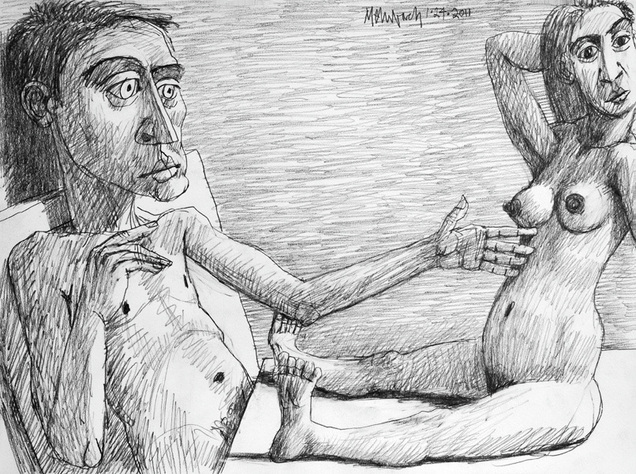

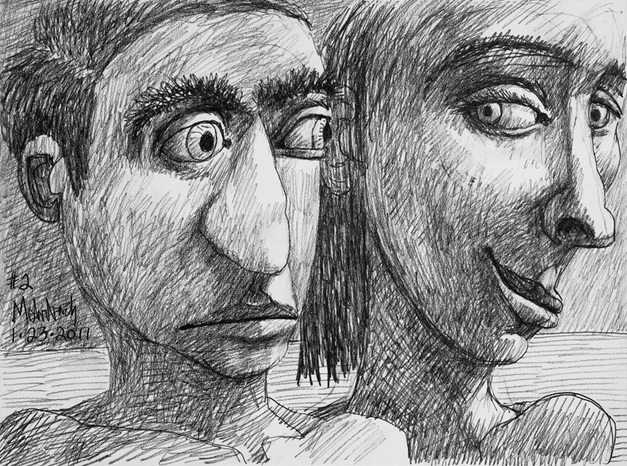
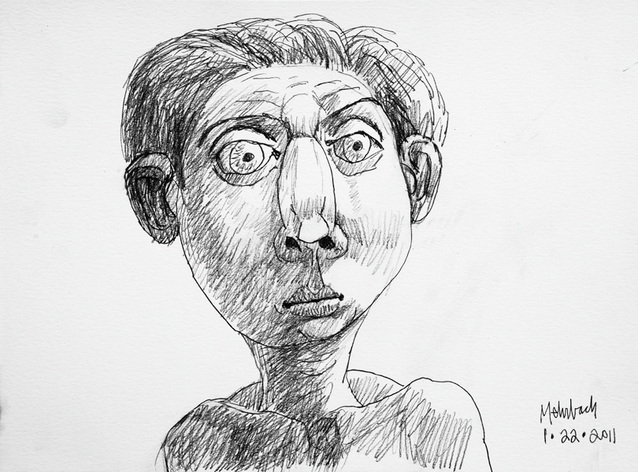

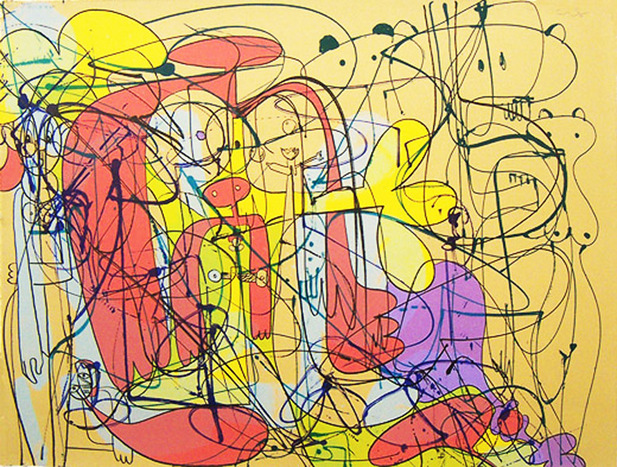
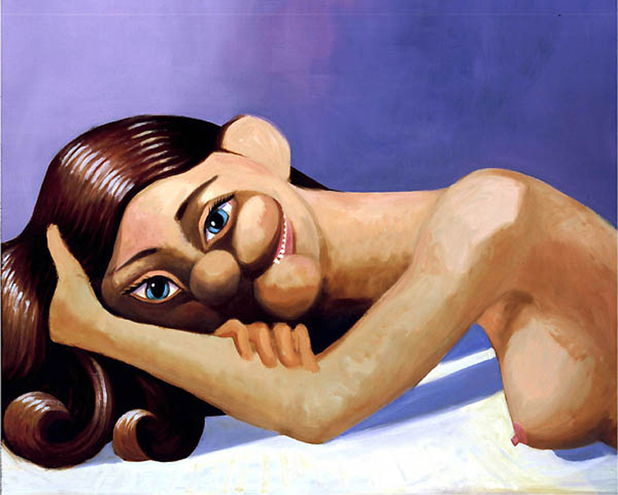
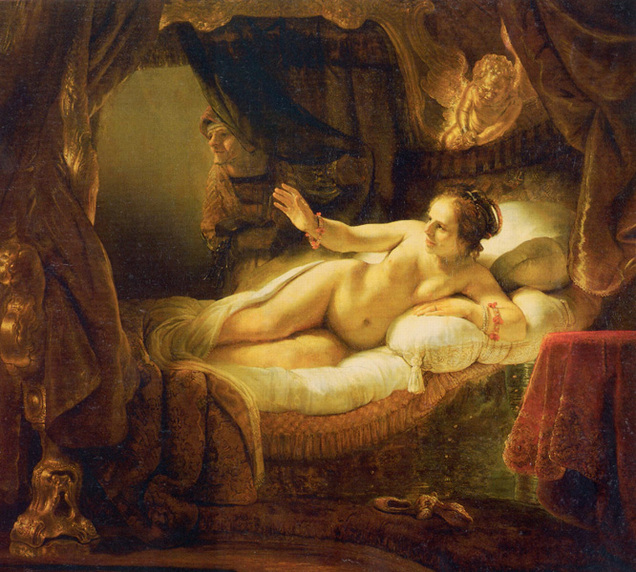
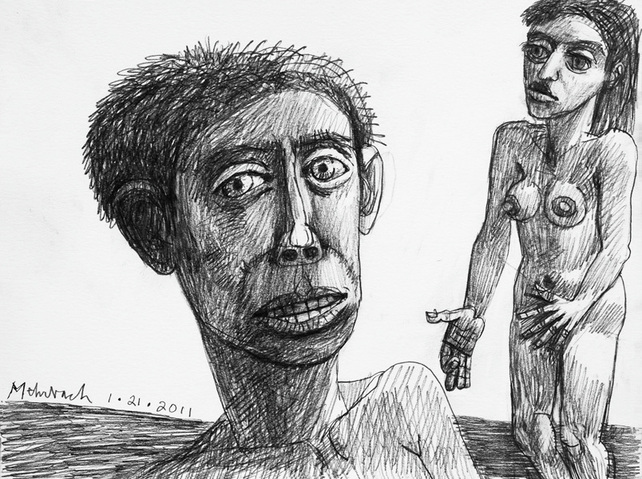
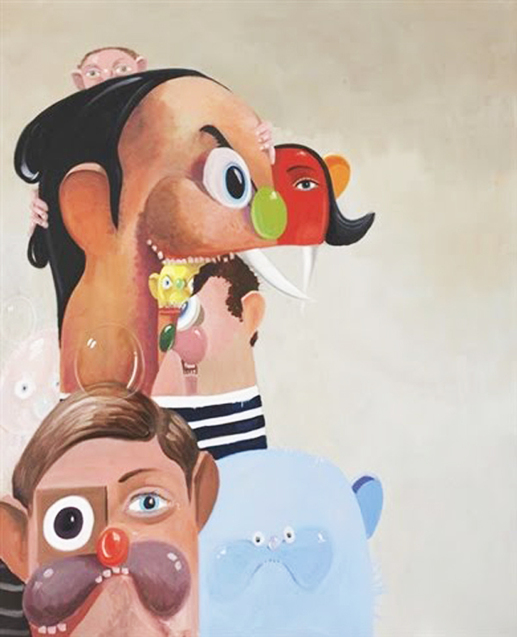
 RSS Feed
RSS Feed